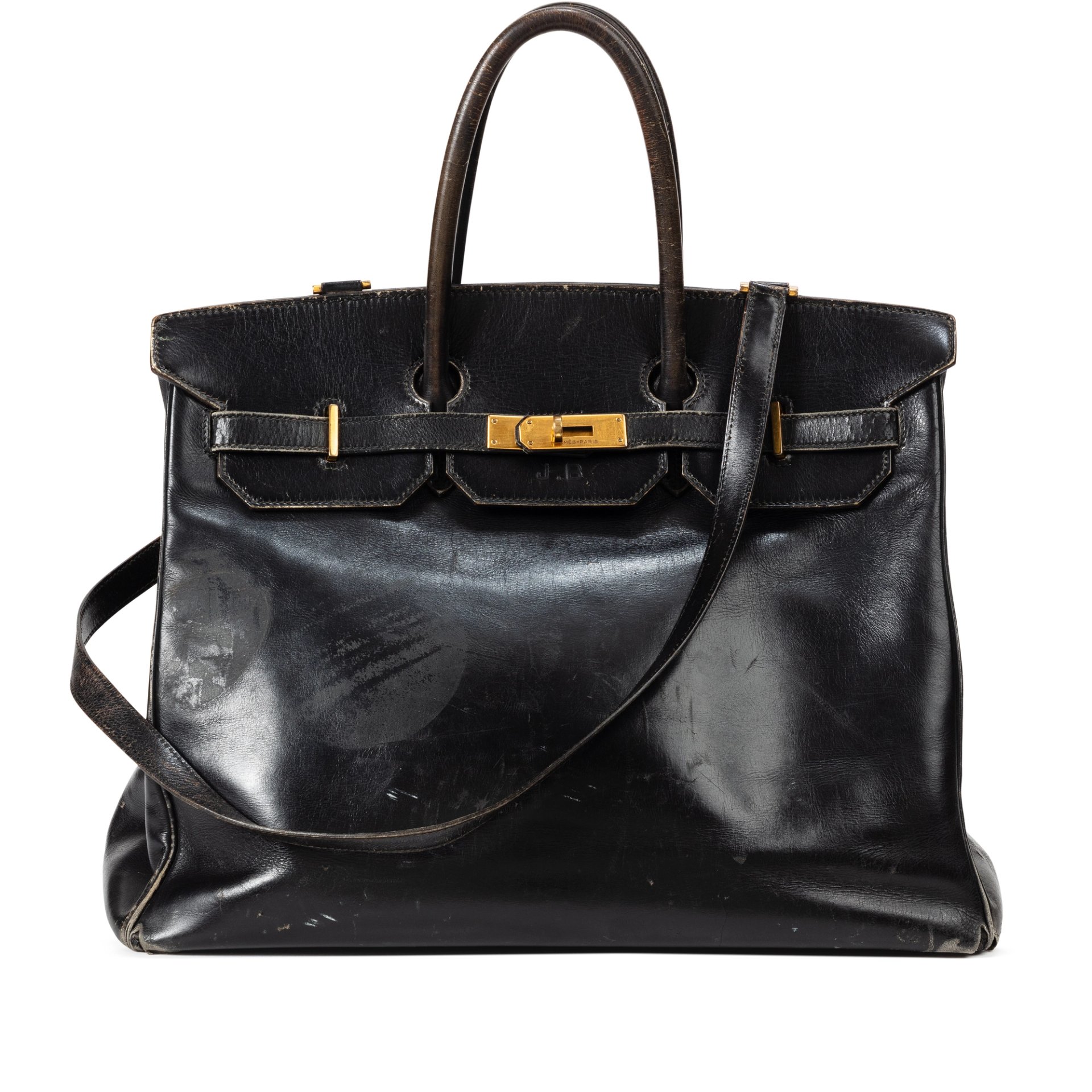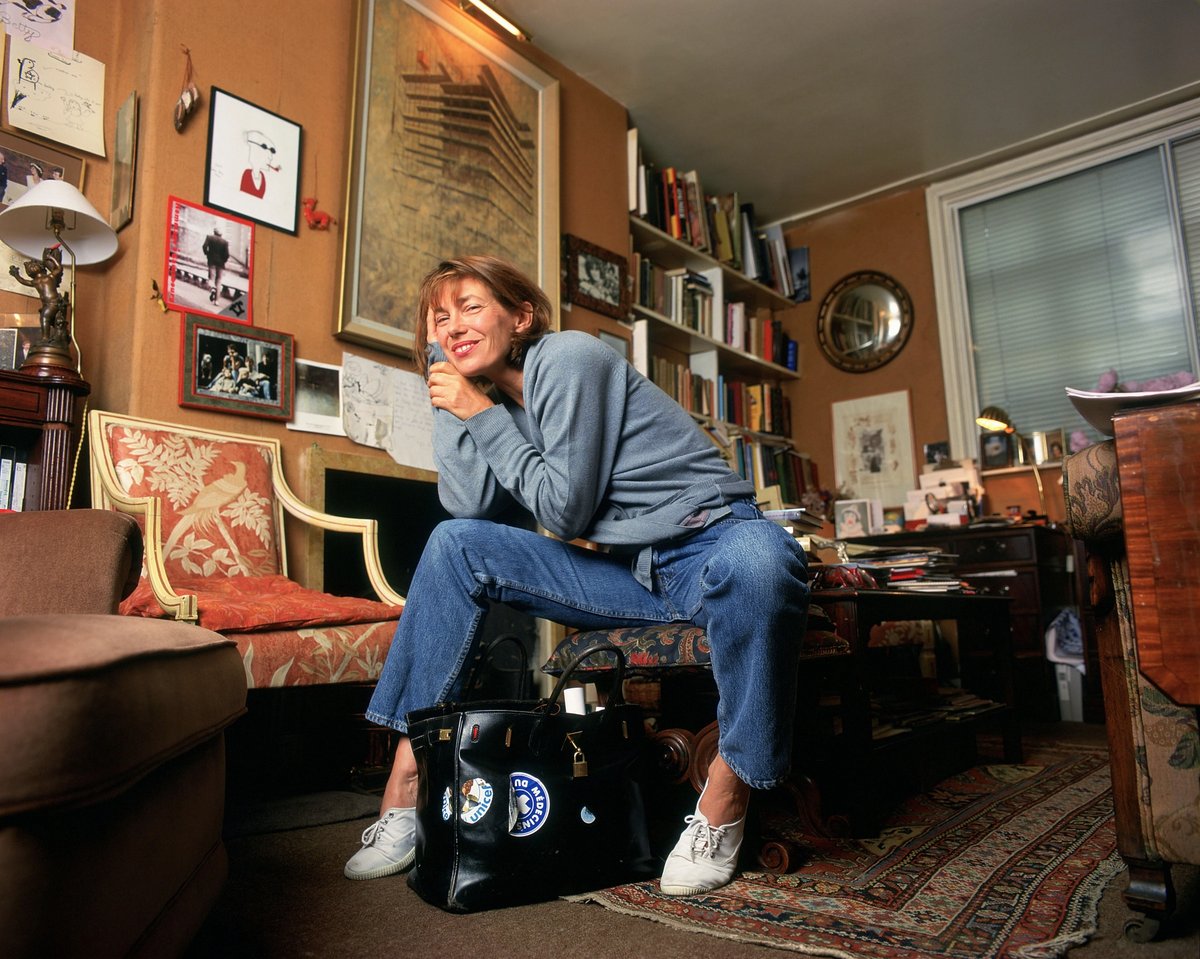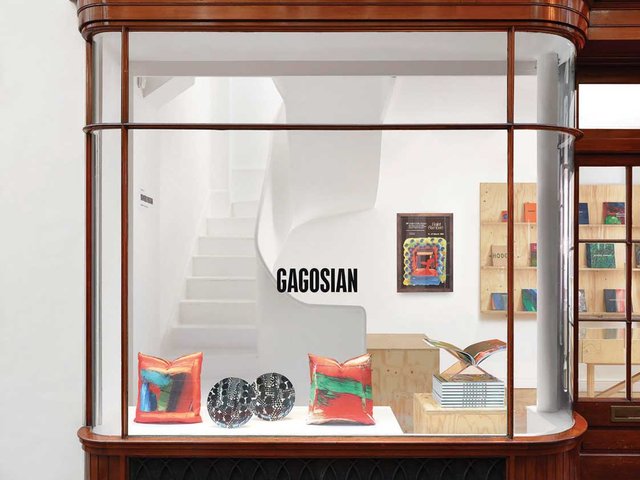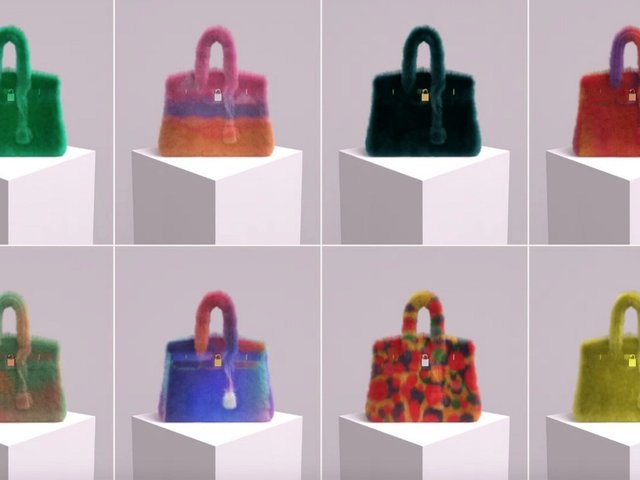Hermès Birkin bags are the most coveted—and valuable—purses in the world. Few accessories have held such a firm grip on pop culture and fashion. As the Sex and the City character Samantha Jones said in an episode with an entire subplot dedicated to her mission to procure one: “It’s not a bag, it’s a Birkin.”
This is why it was with much fanfare that Sotheby’s announced last month it would sell the Birkin prototype that belonged to the inspiration and namesake behind the design, the late French British actress Jane Birkin. And on Thursday (10 July), that buzz proved to be warranted: the scuffed, 50-year-old handbag sold for an eye-watering €8.6m in Paris.
Bidding opened at €1m, eliciting a gasp from the audience in the Sotheby’s Paris salesroom. Even that initial bid nearly doubled the previous world record for a handbag at auction, set in 2021. A ten-minute bidding battle between nine collectors over phones, online and in the room drove the price up to €8.6m with fees, ultimately going to a collector in Japan, the auction house said.
But what makes the Birkin bag, and its connection to Jane Birkin, so special? As the now-legendary story goes, Birkin happened to be seated near Jean-Louis Dumas, the then-chairman of the Hermès group, on an Air France flight. When Birkin complained to Dumas that she struggled to find a bag that suited her busy life as a mother, he set out to create the perfect bag for her—in 1985, Hermès presented her with a prototype, and asked her permission to name it the Birkin. The rest is history.
Fans chalk up the popularity of the Birkin—and a similar Hermès model, the Kelly—to the bag’s clean lines, expert craftsmanship and rarity. It is also a status symbol, aside from its hefty price tag; you cannot just walk into a store and buy one off the shelf. Hermès is understood to make its well-heeled customers jump through hoops to even be offered an opportunity to purchase the more popular styles, with unofficial spend quotas.
Limited production and long waiting lists have led to a flourishing secondary market, where the bags often fetch even higher prices than they do in Hermès boutiques. Owners tend to treat their bags with white gloves, so to speak, to maintain their resale value and protect their investment. (Such a system may sound familiar to those involved in the contemporary art market.)

A close-up of the bag, as sold by Sotheby's Paris Courtesy Sotheby's
This is not the attitude Jane had—the actress carried the prototype for years, and it shows. The original bag is weathered and well-worn, and it even bears sticker marks from charities like Unicef. Jane was a vocal activist, and she once asked Hermès to stop using her name to market some bags over the brand’s use of exotic animal skins, though they later reconciled.
As art spending falls, auction houses and even commercial galleries have honed in on luxury goods like jewellery, handbags, cars and sneakers in hopes of attracting new customers. Hermès bags are often found in Sotheby’s and Christie’s luxury sales.
Then again, Birkin bags are not for everyone. They may not have even been for Jane in the latter years of her life. In 2017, she revealed the unthinkable: that her namesake bag no longer suited her lifestyle, and she preferred to carry no purse at all.
“It's a very, very heavy bag,” Jane told the BBC. "Now I fill my pockets like a man, because then you don't actually have to carry anything."






